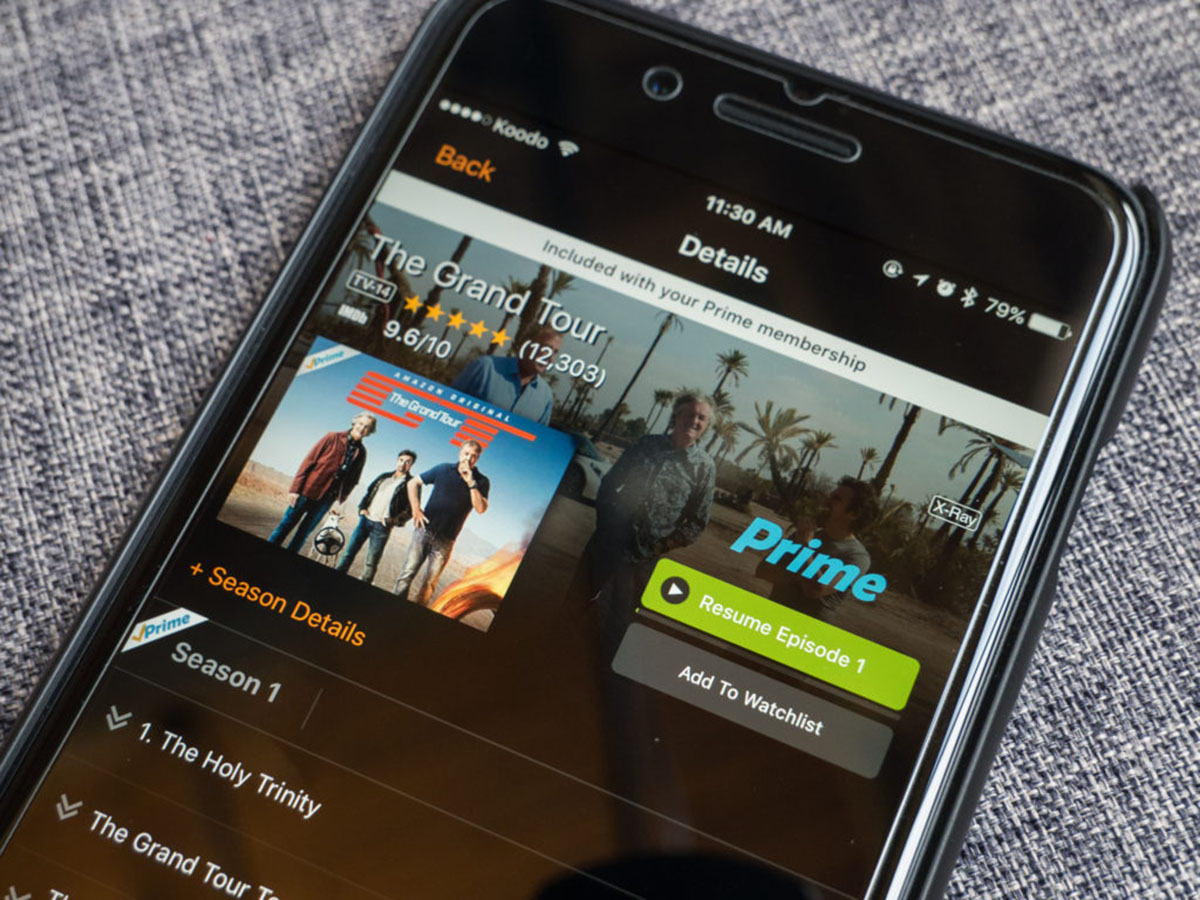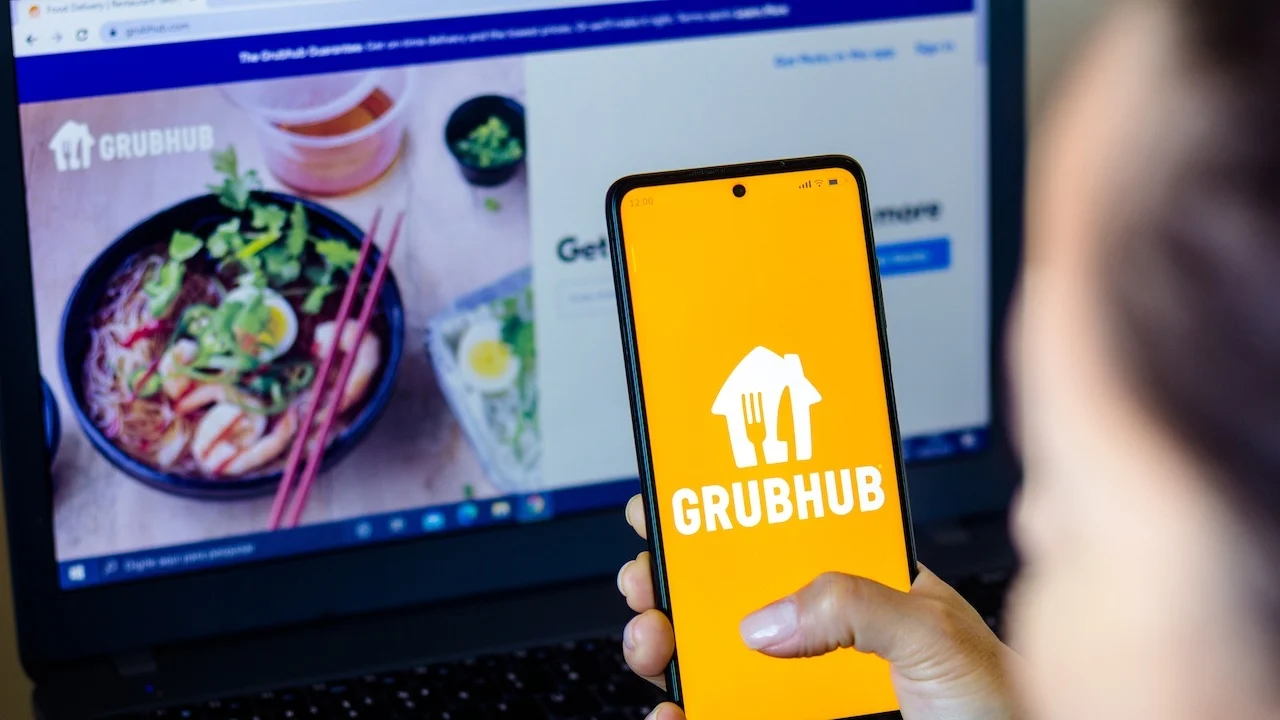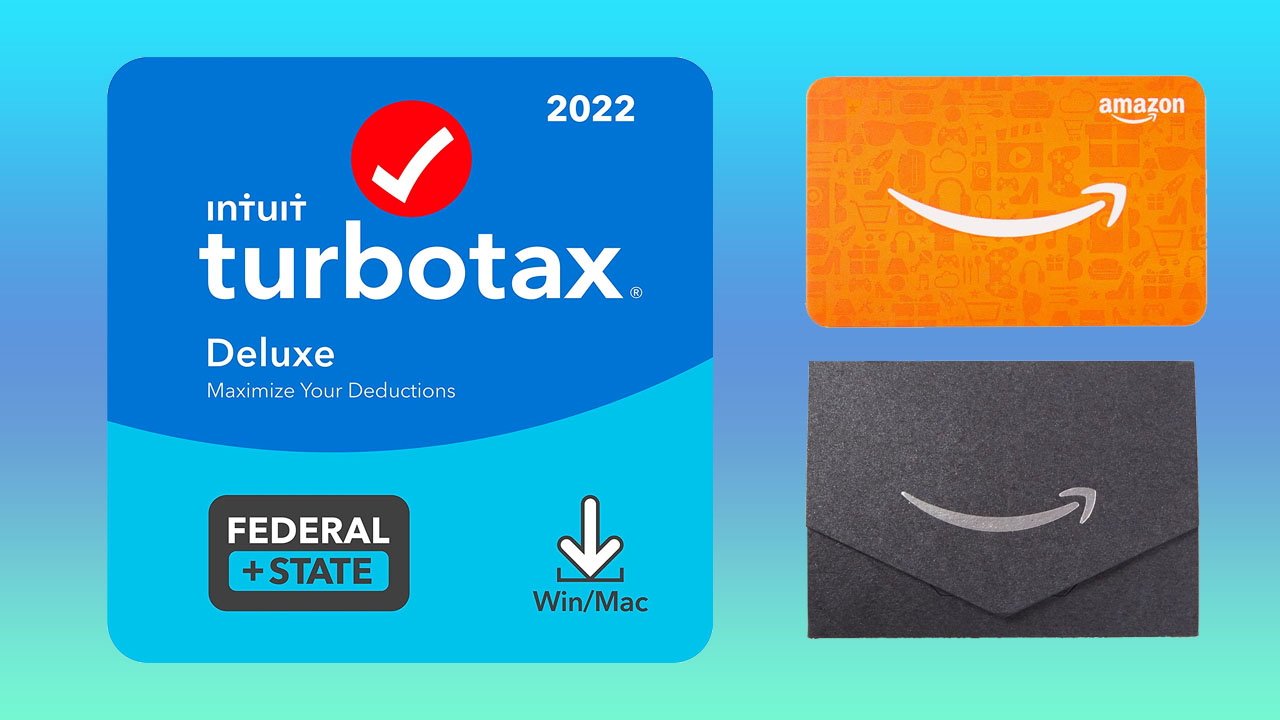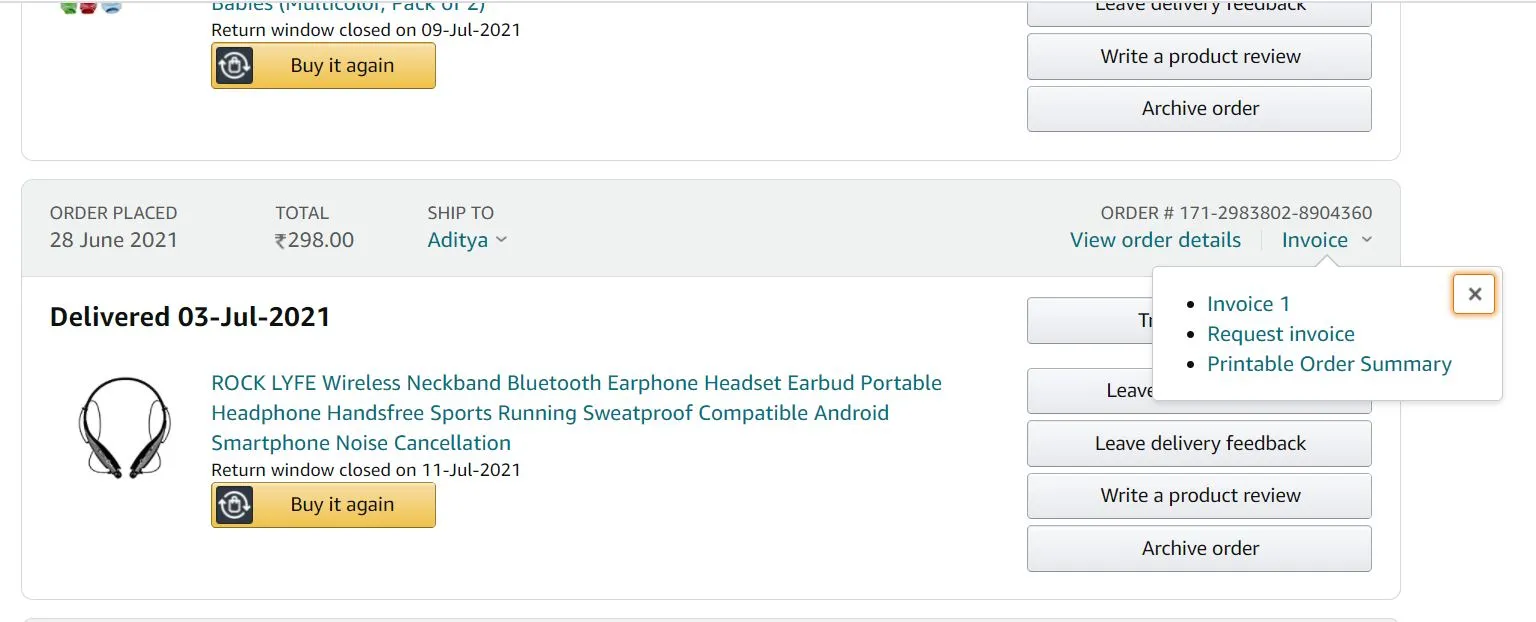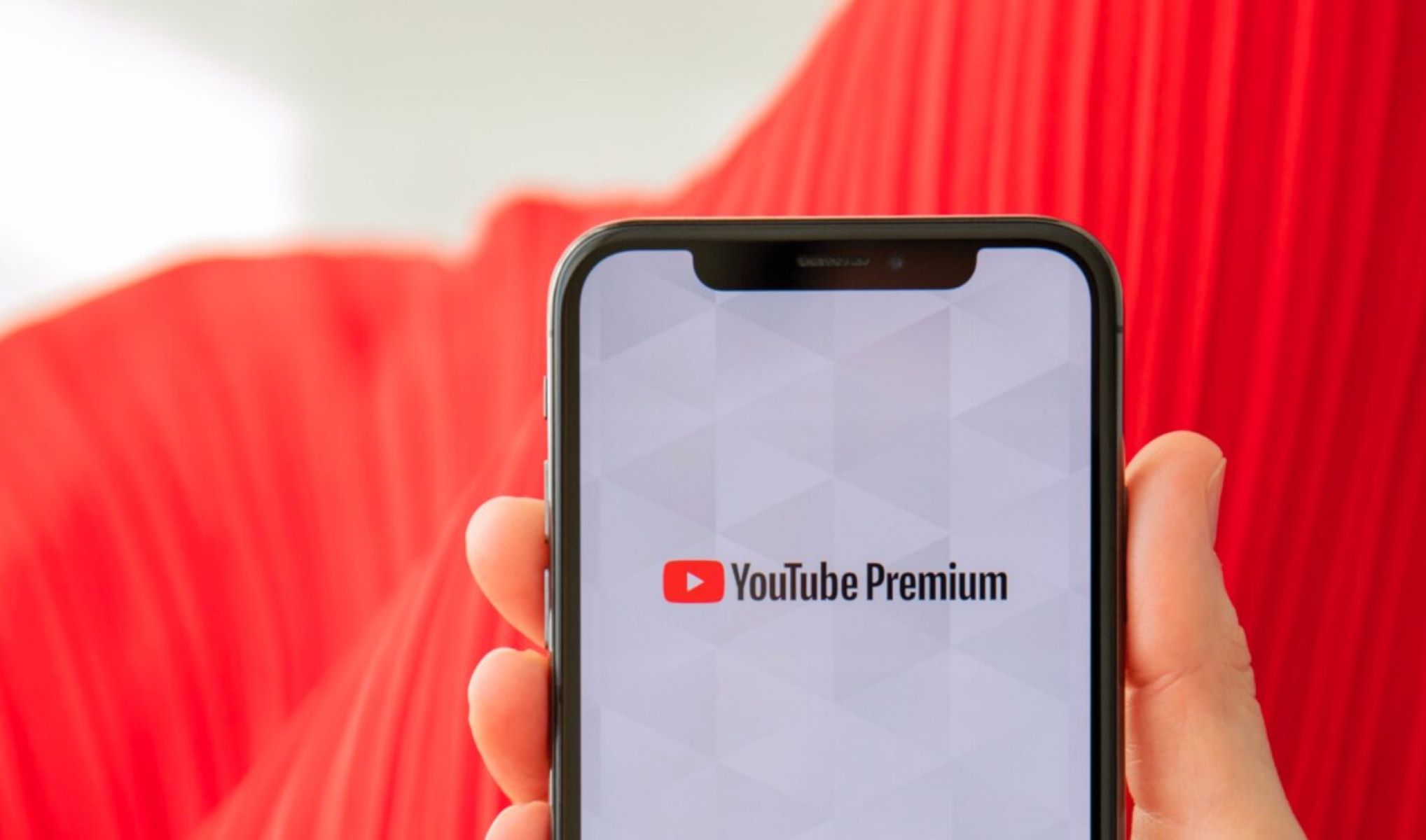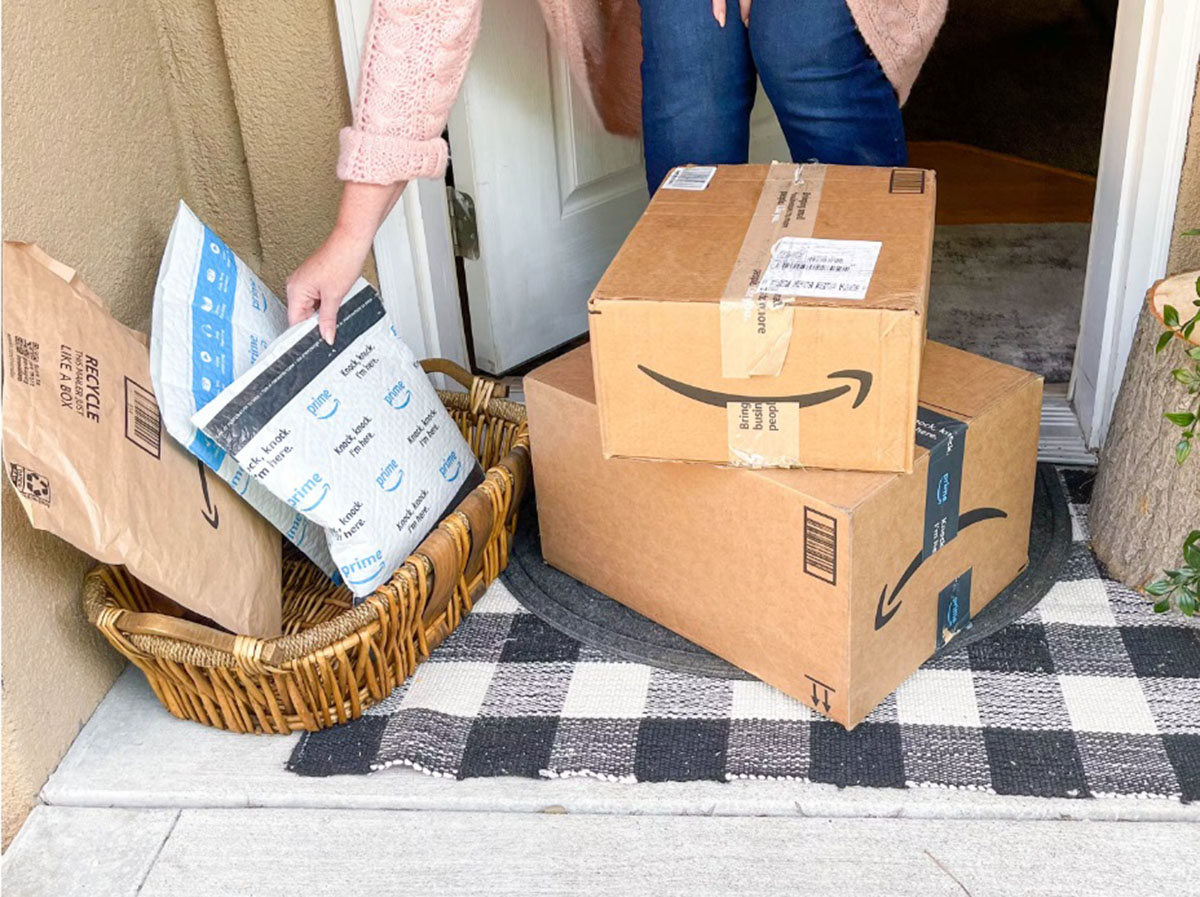Introduction
Amazon Prime has become an indispensable part of many people’s lives, offering a wide range of benefits such as faster shipping, access to exclusive deals, streaming of movies and TV shows, and much more. But have you ever wondered how much Amazon Prime actually costs, especially after factoring in sales tax? In this article, we will explore the cost of Amazon Prime membership and how sales tax can affect its final price.
With the increasing popularity of online shopping, Amazon Prime has gained a massive subscriber base, providing convenience and savings for its members. However, understanding the true cost of membership is crucial to make informed decisions, as taxes can vary depending on the state in which you reside.
Moreover, the cost of Amazon Prime is not a fixed amount as it can fluctuate depending on various factors. In some cases, the price after tax may differ significantly from the advertised price, potentially surprising customers when they see the final bill.
In the following sections, we will delve into the details of Amazon Prime membership costs and how sales tax plays a role in determining the final amount. We will also explore factors that can influence the price after tax and compare the cost of Amazon Prime across different states.
Whether you are a long-time Amazon Prime member or considering joining, understanding the impact of taxes on the overall cost is essential to help you make an informed decision and manage your budget effectively. So, let’s dive in and discover how much Amazon Prime really costs after tax.
What is Amazon Prime?
Amazon Prime is a subscription service offered by the renowned e-commerce giant, Amazon. It provides a bundle of benefits and services to its members, making their shopping experience more convenient and rewarding. With an Amazon Prime membership, subscribers gain access to a wide range of perks, including:
- Free Two-Day Shipping: Prime members are eligible for free two-day shipping on millions of eligible items. This means faster delivery times, making it ideal for those who value speed and efficiency.
- Prime Video: Subscribers get unlimited access to Prime Video, which offers an extensive library of movies, TV shows, and original content. From blockbuster hits to critically acclaimed series, there is something for everyone.
- Prime Music: Amazon Prime members can enjoy ad-free streaming of millions of songs and playlists through Prime Music. It provides a seamless music streaming experience for subscribers, whether they prefer popular hits or discovering new artists.
- Prime Reading: With Prime Reading, members can access a vast selection of e-books, magazines, and comics. This feature allows you to explore various genres and dive into captivating stories at no additional cost.
- Exclusive Deals and Discounts: Amazon Prime members get early access to exclusive deals, lightning deals, and special discounts on a wide range of products. This can result in significant savings, especially during major shopping events like Prime Day.
- Prime Gaming: Formerly known as Twitch Prime, Prime Gaming offers free in-game content, monthly subscriptions to Twitch channels, and exclusive discounts on video games. It’s a great benefit for avid gamers and Twitch enthusiasts.
- Prime Wardrobe: This feature allows Prime members to try on clothes and accessories before buying them. You can select a few items from eligible categories, try them on at home, and only pay for what you decide to keep.
These are just a few of the many benefits that Amazon Prime offers to its members. The service continues to evolve, introducing new features and enhancing existing ones to provide even more value to its subscribers. Whether you’re looking for fast shipping, entertainment options, or exclusive deals, Amazon Prime has something to offer.
The Cost of Amazon Prime Membership
Amazon Prime membership comes with various pricing options and plans to cater to different needs and budgets. The cost of Amazon Prime can be viewed as an investment with the potential for significant savings and convenience. Understanding the pricing structure will help you determine the best plan for your specific requirements.
Currently, Amazon offers two main subscription plans for Prime:
- Annual Membership: This plan requires an upfront payment for a 12-month subscription. The annual membership fee is typically lower compared to the monthly plan, making it a cost-effective choice for those who plan on using the service throughout the year.
- Monthly Membership: If you prefer a more flexible payment option, you can opt for the monthly membership plan. With this plan, you pay a fixed amount each month to enjoy Prime benefits without committing to a long-term subscription.
The cost of Amazon Prime membership varies depending on the plan and location. In the United States, the standard annual subscription fee is $119, and the monthly subscription fee is $12.99. However, it is important to note that prices may differ in other countries due to currency conversion and regional variations.
Additionally, it’s worth mentioning that Amazon offers discounted Prime membership for qualifying individuals. Students with a valid .edu email address can sign up for Prime Student, which provides the same benefits at a reduced price. Prime Student membership costs $59 per year or $6.49 per month, offering budget-friendly options for students.
Amazon Prime also offers a 30-day free trial period for new members, allowing them to experience the benefits firsthand before committing to a paid subscription. This trial period is a great opportunity to explore the various features and determine if Amazon Prime is a good fit for your lifestyle.
While the cost of Amazon Prime may initially seem high, it’s essential to consider the multitude of benefits and services it provides. The savings on shipping costs, access to exclusive deals, and entertainment options can make the membership cost well worth it, especially for frequent Amazon shoppers.
Now that we have discussed the pricing structure of Amazon Prime membership, let’s move on to understanding how sales tax can impact the final cost.
Sales Tax on Amazon Prime Membership
When considering the cost of Amazon Prime, it’s important to take into account the sales tax that may be applicable to your membership. Sales tax is a tax imposed by state governments on the sale of goods and services, and it can vary depending on your location.
The application of sales tax to Amazon Prime membership varies from state to state. In some states, Amazon is required to collect sales tax on the membership fee, while in other states, the membership fee may be exempt from sales tax.
It’s crucial to note that sales tax regulations are constantly evolving, and the tax laws in your state may change over time. To determine the exact sales tax on Amazon Prime membership in your area, it’s recommended to check with your state’s department of revenue or consult with a tax professional.
In states where Amazon is required to collect sales tax on Prime membership, the sales tax rate is typically based on the location where the membership is being sold or used. It’s important to consider this additional cost when budgeting for your Amazon Prime subscription or comparing prices across different states.
However, not all states require sales tax to be collected on Amazon Prime membership fees. In states where Amazon is not required to collect sales tax on the membership, the cost of your Prime subscription will be the advertised price without any additional taxes.
It’s worth noting that sales tax on Amazon Prime membership is separate from sales tax on other purchases made on Amazon’s platform. When you buy eligible items from Amazon as a Prime member, sales tax may be applied to those individual purchases based on the applicable tax laws in your state.
To summarize, the sales tax on Amazon Prime membership varies depending on the state in which you reside. Some states require sales tax to be collected on the membership fee, while others do not. It’s important to research the specific sales tax regulations in your state to determine the impact on the overall cost of your Amazon Prime subscription.
Now that we have discussed sales tax, let’s move on to explore how much Amazon Prime actually costs after tax.
How Much is Amazon Prime After Tax?
The final cost of Amazon Prime membership after tax will vary depending on several factors, including your location, applicable sales tax rates, and whether or not Amazon is required to collect sales tax on the membership fee.
In states where sales tax is applicable to Amazon Prime membership, the sales tax rate is typically based on the location where the membership is being sold or used. The exact tax rate can vary from state to state, ranging from under 1% to over 10%.
To calculate the cost of Amazon Prime after tax, you can follow these steps:
- Identify the sales tax rate applicable to your location. This information can be obtained from your state’s department of revenue or online resources.
- Take the annual or monthly membership fee of Amazon Prime and multiply it by the sales tax rate. For example, if the annual membership fee is $119 and the sales tax rate is 7%, the tax amount would be $8.33.
- Add the tax amount to the membership fee to determine the total cost after tax. In this example, the annual cost of Amazon Prime after tax would be $119 + $8.33 = $127.33.
It’s important to note that the final cost may also include any additional local or regional taxes that may apply in your area. These taxes can further impact the total amount you pay for Amazon Prime after tax.
Furthermore, it’s worth mentioning that the cost after tax may fluctuate over time due to changes in sales tax regulations or updates in the membership fee. It’s always a good idea to stay informed about any changes in sales tax laws in your state and adjust your budget accordingly.
Calculating the exact cost of Amazon Prime after tax can help you plan your budget more effectively and make informed decisions about your membership. By understanding the tax implications, you’ll have a clearer picture of the total amount you’ll be paying for the convenience and benefits that come with Amazon Prime.
Now that we have discussed how much Amazon Prime costs after tax, let’s explore the factors that can affect the price after tax.
Factors that Can Affect the Price After Tax
While the sales tax rate is a primary factor that influences the price of Amazon Prime after tax, there are other factors that can also impact the final cost. Understanding these factors will give you a clearer understanding of why the price after tax may vary for different individuals.
1. Location: The sales tax rate can differ from state to state and even within different regions of the same state. This means that depending on your specific location, the amount of sales tax applied to your Amazon Prime membership may vary. It’s important to keep in mind that sales tax rates are subject to change, so it’s a good practice to stay updated with the latest tax regulations in your area.
2. Changes in Tax Laws: Tax laws are dynamic and can undergo revisions or amendments. It’s possible that sales tax regulations regarding Amazon Prime membership could change over time, leading to an alteration in the amount of tax applied. Being aware of any updates or changes to tax laws can help you accurately estimate the price after tax.
3. Additional Local Taxes: In some areas, there may be additional local or regional taxes imposed on Amazon Prime membership. These taxes are separate from the standard state sales tax and can further impact the total cost. It’s important to consider any potential local taxes that may apply in your specific location when calculating the price after tax.
4. Subscription Plan: The type of subscription plan you choose for Amazon Prime membership can also affect the price after tax. Whether you opt for an annual or monthly plan will determine the frequency and amount of tax applied. Annual plans typically involve a lump-sum payment upfront, while monthly plans spread the cost over multiple payments. The tax calculation will differ based on the selected subscription plan.
5. Promotional Discounts: From time to time, Amazon may offer promotional discounts or deals on Prime membership, which can impact the price after tax. If you are eligible for a discounted rate, the tax will be applied based on the reduced price, resulting in a lower total cost after tax. Keeping an eye out for any available promotions can help you save money on your Amazon Prime membership.
By considering these factors, you can better understand the variations in the price of Amazon Prime after tax. Keep in mind that individual circumstances and specific locations play a role in determining the final cost. As the sales tax landscape and promotional offers change, it’s essential to stay updated and accurately calculate the tax amount to ensure you have a comprehensive understanding of the total cost of your Amazon Prime membership.
Now that we have explored the factors that can affect the price after tax, let’s examine how the cost of Amazon Prime differs in various states.
Comparing the Price of Amazon Prime in Different States
The cost of Amazon Prime can vary across different states due to variations in sales tax rates and regulations. While the membership fee itself remains consistent, the amount of sales tax applied can differ, resulting in a different total cost after tax. Let’s take a closer look at how the price of Amazon Prime compares in various states.
Each state in the United States has its own sales tax rate, which can range from as low as 0% to over 10%. When calculating the price of Amazon Prime after tax, the sales tax rate of the specific state of purchase is factored in.
For example, if the annual membership fee for Amazon Prime is $119 and the sales tax rate is 6%, the total cost after tax would be $119 + ($119 x 0.06) = $126.14. However, if the sales tax rate is 8%, the total cost after tax would be $119 + ($119 x 0.08) = $128.52.
This means that individuals residing in states with higher sales tax rates will have a higher total cost for Amazon Prime, while those in states with lower sales tax rates will pay a lower amount after tax.
It’s essential to note that the sales tax rates and regulations are subject to change, so it’s advisable to consult the specific sales tax guidelines of your state or consult with a tax professional for accurate information.
Furthermore, some states may have additional local taxes that can impact the final cost. These local taxes, if applicable, are layered on top of the state sales tax and can vary based on specific regional or municipal regulations.
When comparing the price of Amazon Prime in different states, it’s important to consider the total cost after tax to accurately assess the financial implications of the membership. While the membership fee remains the same nationwide, the impact of sales tax and any additional local taxes can lead to variations in the overall cost.
By understanding the variations in sales tax rates and any additional local taxes, individuals can estimate the price of Amazon Prime more accurately and make informed decisions about their membership based on their budget and location.
Now that we have compared the price of Amazon Prime across different states, let’s explore some tips to save money on your Amazon Prime membership.
Tips to Save Money on Amazon Prime Membership
While Amazon Prime offers a wide range of benefits and convenience, it’s always worth exploring ways to save money on your membership. Here are some tips to help you get the most value out of your Amazon Prime subscription while keeping costs in check:
- Take Advantage of the Free Trial: If you’re new to Amazon Prime, make sure to take advantage of the 30-day free trial. This allows you to try out all the benefits before committing to a paid membership.
- Share the Membership: Amazon Prime offers the ability to share your membership with one other adult in your household. This can help split the cost and reduce the overall expense for both individuals.
- Consider Student Pricing: If you’re a student, take advantage of Amazon Prime Student. The discounted rate offers the same benefits as a regular membership at a lower cost, making it an attractive option for students on a budget.
- Look for Promotions: Keep an eye out for any promotional offers or discounts on Amazon Prime membership. Amazon occasionally runs special promotions during events like Prime Day, offering discounted rates or additional perks.
- Join Household Assistance Programs: If you’re eligible for government assistance programs, such as Medicaid or EBT, you may qualify for discounted Amazon Prime membership through programs like Amazon Prime EBT or Amazon Prime Medicaid. These programs provide reduced rates for those who qualify.
- Utilize Prime Day: Take advantage of Prime Day, Amazon’s annual shopping event exclusive to Prime members. During this time, you can find significant discounts and deals on a wide range of products, maximizing the value of your membership.
- Opt for Monthly Payments: If paying upfront for an annual membership seems challenging, consider opting for the monthly payment plan. While the total cost may be slightly higher over the course of the year, monthly payments can help with budgeting.
- Reevaluate your Usage: Assess your usage of Amazon Prime benefits to determine if the membership is worth the cost. If you find that you are not taking full advantage of the features or services, it may be more cost-effective to cancel or downgrade your membership.
- Keep an Eye on Your Subscriptions: Amazon Prime offers various subscription services that can add up over time. Regularly review your subscriptions to ensure you’re only paying for the ones you truly need and use.
By implementing these tips, you can save money on your Amazon Prime membership while still enjoying the wide array of benefits it provides. Whether it’s taking advantage of discounts, sharing the membership with others, or making the most of special events, there are always opportunities to optimize your subscription and cut costs.
Now that we have explored various tips to save money, let’s wrap up this article by summarizing the key points discussed.
Conclusion
Amazon Prime has become a popular subscription service offering a host of benefits to its members. Understanding the true cost of Amazon Prime, especially after factoring in sales tax, is essential for making informed decisions and managing your budget effectively.
In this article, we explored the cost of Amazon Prime membership and how sales tax can influence the final price. We discussed the different pricing options available, including annual and monthly plans, and highlighted the discounted rates for students. We also delved into the impact of sales tax on the total cost of Amazon Prime membership and the factors that can affect the price after tax.
We compared the cost of Amazon Prime in different states, acknowledging that variations in sales tax rates and additional local taxes contribute to the overall price difference. By considering these factors, individuals can accurately estimate the price of Amazon Prime after tax based on their location.
Furthermore, we provided tips to save money on Amazon Prime membership, such as taking advantage of free trials, sharing the membership, looking for promotions, and making the most of events like Prime Day. These strategies can help you maximize the value of your membership while keeping costs in check.
Ultimately, Amazon Prime offers a range of benefits that can enhance your shopping experience and entertainment options. By understanding the true cost and exploring ways to save money, you can make Amazon Prime an affordable and valuable addition to your lifestyle.
So whether you’re a long-time Amazon Prime member or considering joining, these insights and strategies will empower you to get the most out of your membership while managing your budget effectively.







